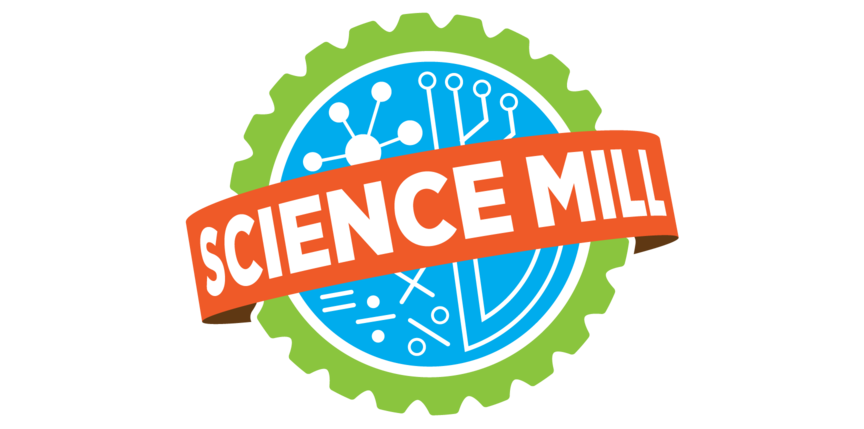Careers in Biology
If the brain was so simple we could understand it, we would be so simple we couldn’t . -Lyall Watson
Career Expert: Robert P. Elde, Ph.D.
The human brain may be the most complicated thing in the Universe. How can we use our own brains to understand brains? Can we study something simpler, and learn how more complex brains work?
At this month’s Homeschool Day, our very own Science Director, Robert P. Elde, Ph.D., will present “How to Learn About the Brain by Studying a Critter That Doesn’t Have One.”
Now, that sounds like a can’t-miss discussion!
Bob is the former dean of the University of Minnesota’s College of Biological Sciences. Over his career, he was author or co-author of more than 240 scientific publications in cellular and molecular neuroscience research.
Hands-on Activities
Stations run continuously from 11am-2pm
Neurons
Examine our neuron model to see how electrical signals travel down axons and release chemical messengers called neurotransmitters. Take this knowledge home with you when you make your own fuzzy stick neuron model!
Thaumatropes
Thaumatropes are optical illusion toys that were popular WAY back in the 19th century! You’ll discover how to use the phenomenon of persistence of vision to create illusions of motion when you design and create a thaumatrope.
Side Dominant Science
Participate in a series of short activities that will determine your “sidedness.” Figure out whether you generally prefer to do most activities with one side of your body through activities that test your hands, feet, eyes, and ears!
Learning Labs and Pricing
$5 for non-members
$4.50 for members
Learning Labs are included for STEM Scholars
Due to the popularity of Learning Labs, reservations are strongly encouraged. Space is limited! Email fieldtrips@sciencemill.org to reserve your child's spot.
This month’s labs are all about neurology, with engaging, age-appropriate activities that delve into the science of our brains!
K-2: Build A Brain, 10:30am, lasts 45 minutes
Build a model of one hemisphere of the brain and learn what the what each of the four brain lobes, cerebellum and brain stem control. Does the right side of your brain control the right side of your body?
3-5: Make Your Point, 11:30am, lasts one hour
Make a set of touch testers to measure someone’s ability to detect pressure. Then use the touch testers on your lab partners to test their detection threshold on their fingers, hands, arms, neck, legs & feet. Is your detection threshold the same on all parts of your body?
6-8: One Point-Two Point, 1pm, lasts one hour
Make a one-point-two point tester to investigate whether or not your lab partners feel one or two pressure points on their fingers, palm, forearm, cheek, lip, nose, forehead and more. Learn how skin receptors send pressure signals to the nervous system. Do you think these receptors are distributed evenly around your body?

